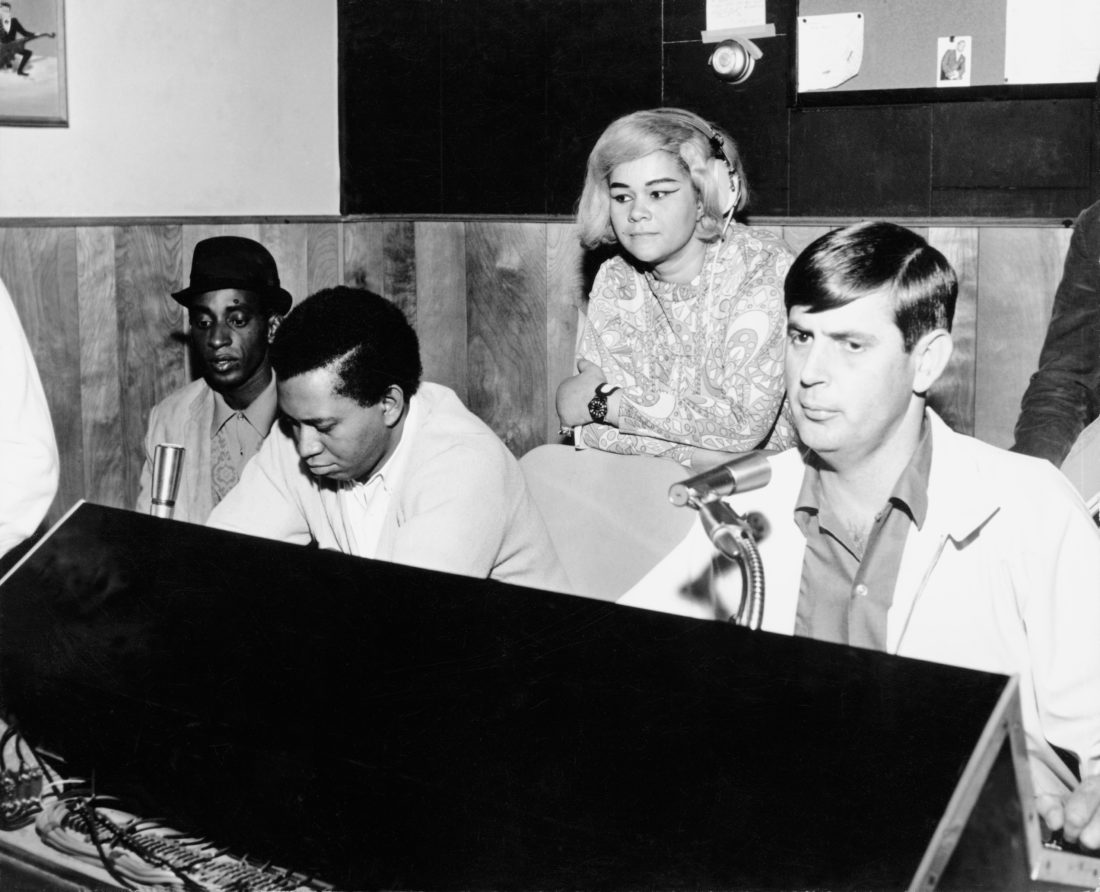If there is an unsung hero in the history of modern music, Rick Hall could be it. Hall, who passed away on Jan. 2 at 85 after a battle with prostate cancer, was the architect of the Muscle Shoals Sound, a conglomeration of R&B, country, blues, and rock that helped fuel the careers of Aretha Franklin, Wilson Pickett, and Duane Allman as well as attracting superstars like the Rolling Stones, Steve Winwood, and Paul Simon, each who were eager to tap into the swampy, funky vibe that was as thick as the mud in the neighboring Tennessee River.
Born in Mississippi and raised in Northern Alabama in a home with dirt floors, straw beds, and no plumbing, Hall used that extreme poverty as his motivation to start FAME Studios in 1959. “I wanted to be somebody,” he said in the 2013 documentary Muscle Shoals. With FAME—Florence Alabama Music Enterprises—Hall turned Northern Alabama into a must-visit destination for musicians, and with his keen ear for talent and larger-than-life persona, became one of music’s most influential impresarios.
Still, Hall flew under the radar. When Hall started to become successful, he resisted the brighter lights of Nashville, New York, or Los Angeles. “He was a redneck with rough edges—hell, we all were,” says David Hood, who is the bassist for the renowned Swampers, the preeminent Muscle Shoals rhythm section. “He refused to move out of Muscle Shoals,” Hood adds. “That’s why we still have an industry here.”
Inside FAME, Hall was a taskmaster, often bringing in multiple guitarists or drummers who would rotate in and out, playing the same part over and over again until Hall got what he wanted. And Hall took risks. In a time of segregation and racial unrest, Hall thought nothing of bringing in black artists to record with white artists, hopeful that the harmony achieved in the studio would translate to the outside world. “He was the only one cutting black artists, he said just f— all y’all,” says singer Dylan LeBlanc. “Because he came from absolutely nothing, he always saw something in people who were struggling.”
In his later years, Hall served as a mentor to the next generation of artists from the Muscle Shoals area. He gave Jason Isbell his first job at FAME, while Ben Tanner from the Alabama Shakes got his start as a gofer, eventually becoming an engineer. LeBlanc essentially grew up at FAME, with Hall’s secretary picking him up from school every day while LeBlanc’s father, James, worked in the studio. “I’d be running around the studio and he’d give me five dollars to go get candy at the store next door,” LeBlanc recalls. Later on, Hall would give LeBlanc some hard-headed feedback on his material. “I would make a suggestion and his favorite comeback line was, ‘A sixteen-year-old girl with a twenty-dollar bill doesn’t give a damn how loud the snare is, she cares about the singer and a groove,’ ” laughs LeBlanc. “He was a tough son of a bitch, they don’t make ’em like Rick Hall any more.”








